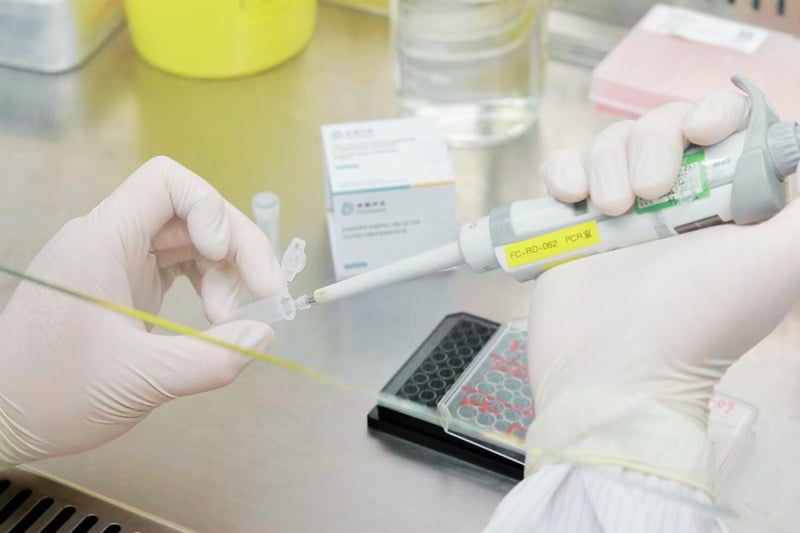The national standard for the detection of protease preparations is mainly GB/T 23527-2009 “Protease preparations”, in addition to GB/T 34793-2017 “Protease K”. Of course, there are still some industry standards, local standards, and testing method standards, but overall, as the largest category of enzyme preparations for food in the country, the standard system represented by protease preparations still needs to be improved and perfected. For example, the scope of application of GB/T 23527-2009 only applies to protease preparations from microbial sources. However, with the innovation of technological products, protease preparations from plant and animal sources have gradually been accepted by the market. However, relevant authoritative standards and specifications are still missing. To facilitate a better understanding of the relevant knowledge of protease preparation testing, we will introduce some to you today.

Firstly, let’s understand the types of protease preparations that can be detected. From the current protease preparation products, they are mainly distinguished by microbial sources, plant sources, and animal sources. The main sources of microorganisms are protease preparations from microorganisms such as Aspergillus niger, actinomycetes, Bacillus subtilis, Bacillus licheniformis, Aspergillus terroiris, and Aspergillus Uzomei. These preparations are mostly classified based on pH values. Plant derived protease preparations are mainly extracted from papaya, pineapple, and figs. Animal sources are protease preparations extracted from the stomach tissue and pancreas of pigs, cows, sheep, and poultry. Their specific types are as follows:
1. Microbial sources: acidic protease preparations, neutral protease preparations, alkaline protease preparations
2. Plant sources: papain, bromelain, and ficin
3. Animal sources: pepsin, trypsin, chymotrypsin
When conducting sensory testing on protease preparations, the main objective is to evaluate their color, condition, and odor. Due to the distinction between solid and liquid, the color of solid preparations is usually required to be white or yellow brown, while liquid preparations are light yellow or brown. The state of solid preparations should be powder or particles, without clumping or deliquescence, and the state of liquid preparations should be liquid, allowing for the presence of small amounts of condensed matter. The odor evaluation of protease preparations should be odorless, but if it is from microbial or animal sources, special fermentation odors may be allowed.
There are only three physical and chemical indicators for the detection of protease preparations, namely protease specific activity, drying weight loss, and fineness. The most important factor among them is enzyme activity. According to GB/T 23527-2009, the enzyme activity of microbial derived protease preparations should not be less than 50000u/g (u/mL). However, with the development of technology, the indicator of 50000u/g (u/mL) is too one size fits all and cannot represent the current level of protease preparation technology. According to the editor’s understanding, the country is also considering revising GB/T 23527. According to the latest draft comments, the standard will no longer limit enzyme activity indicators, as long as they meet the claims.
As the most crucial indicator, there are many methods for detecting enzyme activity. The Fulin method, UV spectrophotometry, fully automated biochemical analysis, and microcolorimetry can all be used to determine enzyme activity. The fully automated biochemical analysis method is mainly used to analyze the activity of alkaline protease preparations. Due to the characteristics of enzyme preparations themselves, factors such as substrate, buffer, temperature, etc. can affect the enzyme activity results during the enzyme activity detection process. The advantages of fully automated analysis and trace colorimetric methods lie in the fact that the substrate is a synthetic substrate, which has a single structure compared to natural substrates, high purity, and more accurate detection results.


